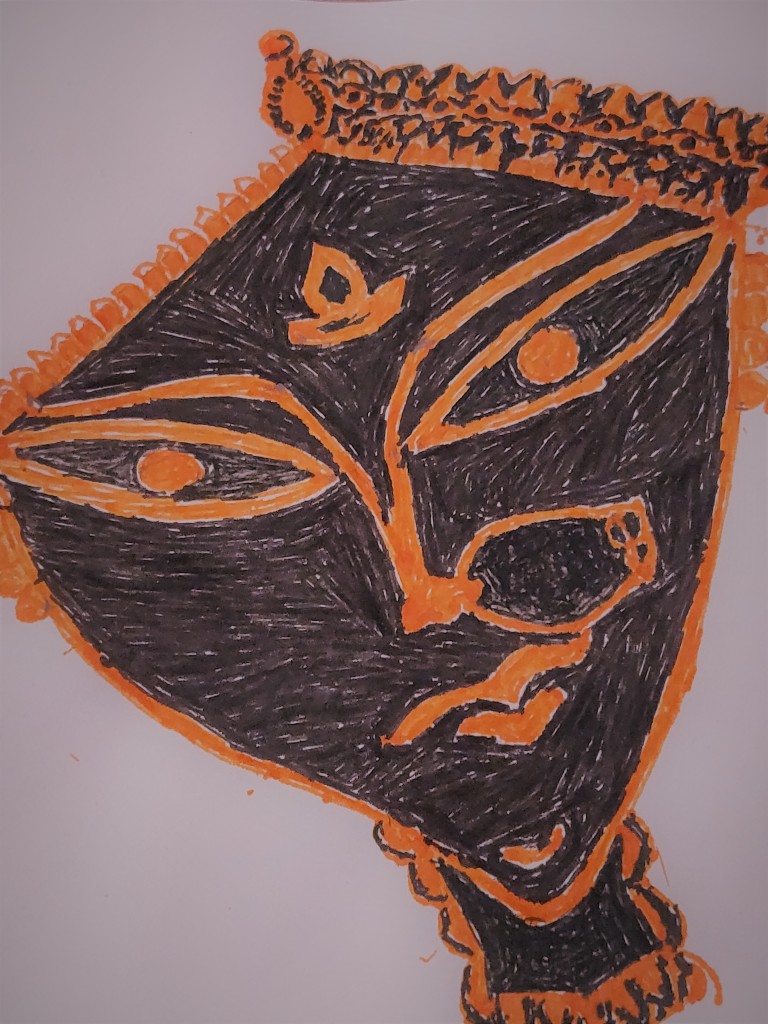
Background: What makes for Hindu Civilization now?
By Jayant Kalawar, August 22nd 2023
This paper describes a futures perspective on VedA based Hindu Civilization, Manav DharmA, in the context of the general angst among many Hindus that Hindu Civilization[i] (HC) may be under attack. I notice three types of responses to this angst. One is to defend HC as a 5000+ year old living civilization with interpretations of texts and cultural processes handed down through the generations as evidence. The second is to call for a renaissance of HC in the context of changing material paradigms. I see Sri Aurobindo’s and Veer Savarkar’s writing in this second approach. The third is the modern secular Indian approach of saying HC belongs to the museum. This paper may be seen as a mix of the first two responses: a search for what led to stagnation and vulnerability of DharmA in the last 2500 years with focus on VedA based Hindu intellectual history, its impact on Hindu mAnav sanghaTanA, and speculation of futures with opportunities and challenges for possibility of renaissance of VedA based DharmA.
The VedA on Manav SanghatanA: proposed architectural principle for DharmA design
I begin by positing three VedA based over-arching architectural principles for designing and constructing flexible, practical, adaptive, resilient mAnav DharmA:
- An over-arching VedA principle of cooperation to form mAnav sanghaTanA[ii].
- The principle of aligning with RtA, the dynamic patterns of cosmic pulsations at all levels from micro to macro.
- The principle of desh-kaal-paristhiti (space-time-circumstance) to ensure responsive flexibility and resilience to ensure aligning with the dynamic unfolding of RtA.
Much of my thinking in this paper is an extension of what I have already presented in my blog post titled Aligning Human Time Cycles with the RtA of the VedA[iii] .
I end that post by quoting what I notice as the over-arching principle of mAnav sanghatanA in the Rig Veda, the last two verses of RV 191.10:
स॒मा॒नो मन्त्र॒: समि॑तिः समा॒नी स॑मा॒नं मन॑: स॒ह चि॒त्तमे॑षाम् । स॒मा॒नं मन्त्र॑म॒भि म॑न्त्रये वः समा॒नेन॑ वो ह॒विषा॑ जुहोमि ॥
समानो मन्त्रः समितिः समानी समानं मनः सह चित्तमेषाम् । समानं मन्त्रमभि मन्त्रये वः समानेन वो हविषा जुहोमि ॥
samāno mantraḥ samitiḥ samānī samānam manaḥ saha cittam eṣām | samānam mantram abhi mantraye vaḥ samānena vo haviṣā juhomi ||
“May all chant the same mantrAs, may they aspire to the same goals, through shared purpose and desire. I will join in your mantra chanting, I will offer the same sacrifices as you so that we may achieve our shared goals.”
स॒मा॒नी व॒ आकू॑तिः समा॒ना हृद॑यानि वः । स॒मा॒नम॑स्तु वो॒ मनो॒ यथा॑ व॒: सुस॒हास॑ति ॥
समानी व आकूतिः समाना हृदयानि वः । समानमस्तु वो मनो यथा वः सुसहासति ॥
samānī va ākūtiḥ samānā hṛdayāni vaḥ | samānam astu vo mano yathā vaḥ susahāsati ||
“May all have the same intention and desires in their hearts, may all have similar thoughts so that we may connect and work in unison”
The Rishi is guiding us step by step in the process of how mAnav sanghatanA emerges: a) having shared goals b) with shared desires and purpose. The success of this process of accomplishing shared purpose and desires requires c) offering to give up on individual desires (sacrifices, elsewhere known as yagnya) that are inimical to the shared purpose and desires. The pre-requisite of entering into working together, as a mAnav sanghatanA, through individual sacrifice, the Rishi goes on to say, begins with us as individuals generating the same sankalpa, same intentions and therefore the same desires in our hearts. It is this sankalpa, the shared intention and desire, that is open to agency and will, not only in individuals, but as a sanghatanA.
Let’s examine three recent practical examples of Hindu mAnav sanghatanA accomplishing shared purpose and desires to better understand what the Rishi is saying: the Indian struggle for freedom from the British Empire in late 19th and first half of the 20th century[iv], Lokmanya Tilak inspired Ganesh Utsav to bring together Hindu community in early 20th century[v] and the rise of ISKCON over the last 50 years or so[vi].
Does the VedA provide guidance on what kind of shared goals are to be preferred and for what reasons, for mAnav sanghatanA to work in unison? For an answer to that question, let us turn to the second architectural principle of DhArmA: RtA.
My exploration of the theme of RtA in the VedA, which I have covered in my blog post[vii], was focused on examining the role of coordinating individual and social action over time, to ensure social coordination. I described how the development of PanchAnga technology, with daily detailed measurements of time across geographical areas of BhArat, with methods described in VedAnga Jyotisha, was instrumental in enabling large scale actions of mAnav sanghatanA. The panchanga technology enables aligning of the spandanA associated with Earth’s fortnightly interaction with the Moon (which gives rise to tides and pulsation of underground water levels on Earth) and annual interaction with the Sun (which gives rise to the seasons on Earth). The capacity of Hindus to align with the RtA of the Moon and Sun enabled agricultural and market cycles, and therefore the emergence of a flourishing agriculture based civilization.
In this paper, I wish to posit a different, more macro, aspect of RtA for mAnav sanghatanA as a JAti. The manifestation of the jagat through Shristhi by the Shakti aspect of ShivA has an enduring capacity, even while it is ever changing. This enduring capacity we know of as Sthiti. In the current sthiti we find ourselves in, the mAnav jAti is one of the many inter-connected manifestations in the Devi’s jagat[viii]. Currently this mAnav jAti has an enduring quality of hundreds of thousands, if not millions, of solar years. The enduring quality of the manifestation of the mAnav jAti is sustained through reproduction combined with long term nurturing of each generation. Such endurance has been made possible by the human capacity[ix] to produce social organizations as well as supporting technologies. The core organizational process, developed based on insight and guidance from the Rishis of the VedA, that ensures long term endurance of mAnav jAti is GrihastashramA.
That takes us to the last of the three over-arching architectural principles for DharmA design: desh-kaal-paristhiti.
Desh-Kaal-Paristhiti, the third architectural principle of DhArmA design
That DharmA is seen to be dependent on the principle of desh-kaal-paristhiti is apparent from verses 7 and 8 of Chapter 4 of the Bhagavad Gita[x]:
यदा यदा हि धर्मस्य ग्लानिर्भवति भारत ।
अभ्युत्थानमधर्मस्य तदात्मानं सृजाम्यहम् ॥ ४-७॥
परित्राणाय साधूनां विनाशाय च दुष्कृताम् ।
धर्मसंस्थापनार्थाय सम्भवामि युगे युगे॥ ४-८॥
The repetition यदा यदा seem to point to events of DharmA collapsing that have happened in the past and expected to happen many times in the future. The repetition of युगे युगे points to such collapse and subsequent rejuventation is to be expected in many different epochs. In the ItihAsAs we notice descriptions of some deshAs being at peak of practice of DharmA, while others were in a state of DhArmik collapse. Thus at the same time in different spaces, the emergent state of DharmA is seen to be quite different. Similarly in the ItihAsAs we notice that in particular paristhitis (situational contexts) Sri RAma and Sri KrishNa act in ways that may not be considered DhArmic. Hence consideration of the dynamic of paristhiti in DharmA articulation appears to be valid. The proposed over-arching architectural principle of desh-kaal-paristhiti, therefore, appears to be known, in Hindu traditions.
I posit that Rishis of the VedA were aware of that DharmA processes and structures have to keep pace with changing of RtA. They were also aware that RtA of the VedA, a complex dynamic interaction between myriad spandanA of Shakti, would undergo change. There would have to be many updated versions of articulations DharmA SutrAs. It is my understanding[xi] that Gautama’s and Baudhayana’s Dharma sutra treatises themselves reference many previous versions of articulations of DharmA. The Sutras themselves are to be seen as ‘rochak jhanki’[xii], an appreciative snap shot of how DharmA principles were interpreted and applied at a particular time and place, based on interpretation of smritis.There are modern examples which point to capacity of mAnav sanghatanA to develop knowledge to manage and control complex processes that change rapidly over time[xiii]
Should one expect social processes of mAnav sanghatanA to change as the patterns in the environment change, while ensuring that the underlying physics and over-arching architectural principles from the VedA continue to be the foundational building blocks? If so, how is it that we, in the Hindu sanghaTanA, continue to go back and reference operational and user manuals[xiv] for social processes from 2500 years ago, with no new versions generated? That is the question I begin addressing in rest of this paper.
[i] Civilizational angst may have become a global phenomena with the publication of Samuel Huntington’s Clash of Civilizations in 1996. A precursor was Arnold Toynbee’s 1948 Civilization on Trial. Both these reflect the civilizational themes of European Enlightenment as articulated in the 17th (Hobbes) and 18th (Rousseau) centuries. I have provided a perspective of the civilization that has emerged from the European Enlightenment in my book https://www.amazon.com/OUTSIDER-DECONSTRUCTING-EUROPEAN-ENLIGHTENMENT-Death-ebook/dp/B07RHVRV7V
[iii] https://21banyantree.com/2022/01/10/aligning-human-time-cycles-with-rta-of-the-veda/
[iv] Indian freedom fighters[iv] shared the goal of SwarAjya. They took up the sankalpa to work towards that goal, while sacrificing their livelihood, and in many cases, their lives. To inspire the mAnav sanghatanA they arose from, they came up with mantras to be chanted together by everyone in that mAnav sanghatanA: Vande MAtaram and Jana Gana Mana. The momentum from this process I just described, in such thread bare outline, manifested the desired result of SwarAjya. The sacrifices and the joint chanting of the mantrAs by the hundreds of millions in the BhArat’s mAnav sanghatanA continues to be felt to be necessary to sustain that desired goal of sustaining SwarAjya. The guidance from the insight of the Rishi of the Rig Veda is so deeply ingrained, in the practitioners of the processes of Hindu culture, that book reading and scholarly knowledge are not a necessary pre-requisite for it to be activated.
[v] LokmAnya Tilak inspired the celebration of Ganesh Utsav in early 20th century as a way of bringing out Hindus visibly into the colonized public square. The celebration became an integral part of LokmAnya. Hundreds of thousands of local community leaders have (and continue to) volunteer their time and funding, as they have over more than a hundred years, to make the shared goal of bringing Hindu practitioners into the public square, by celebration of Ganesh Utsav, an annual success in MahArAshtra. The common shared mantra that is chanted together by the mAnav sanghatanA at the Ganesh Utsav is Jai Dev Jai Dev Jai Mangal Murti[v]. The success of Ganesh Utsav reflects the insight and guidance of the Rishi of the Rig Veda that I have referenced above.
[vi] ISKCON is an international Hindu community institution that evolved out of a shared goal of extending the VaishNava teachings and practice of Chaitanya MahAprabhu of the 15th century globally. Thousands of followers sacrificed their livelihood and way of life and dedicated themselves to this sankalpa. Their common shared mantra that is chanted together by the mAnav sanghatanA of ISKCON throughout the world is Hare KrishNA Hare KrishNA Hare Hare[vi]. ISKCON may be considered as one more successful application of the Rishi’s of insight and guidance on how mAnav sanghatanA come together to work together to bring about change to enable flourishing of the collective.
[vii] https://21banyantree.com/2022/01/10/aligning-human-time-cycles-with-rta-of-the-veda/
[viii] VedAnta practitioners may be more familiar with IshwarA’s jagat.
[ix] Humans have a capacity (albeit limited) of self-awareness (emergence of a combination of sAkshi bhAvA and ahamkAra) and self-reflection (pratibhijnA, cognition of objects, including mind, body and sensate world) which gives rise to human language, logic and meaning making, which are then used by the species to attempt to create technologies to shape the objective environment they cognize and at the same time attempt to develop stable structures of social processes, which we name as DharmA, to align with the RtA.
[x] https://sanskritdocuments.org/doc_giitaa/bhagvadnew.html
[xi] Based on my reading of Gautama Dharma Sutra by Pandey, Umesh Chandra, 1966 as downloaded from https://ia601600.us.archive.org/13/items/in.ernet.dli.2015.429882/2015.429882.gautama-dharma.pdf , Yaska in his writing circa 7th – 5th century BCE references ancient DharmashastrAs. The book also point out that an especially important aspect (vishesha mahatva) of Dharma SutrAs is that they provide “SAmAjik Jeevan kI rochak jhAnkI”. See Pp 6 – 7 of the publication in the linked document.
[xii] Ibid Pp 6.
[xiii] An example of how mAnav sanghatanA respond to changing situations comes to mind from my vantage point of having some knowledge of development of complex computer systems from mid-20th century into the second decade of the 21st century. The operating, maintenance, training and user manuals for IBM 1620 (card reading) computing machine of the 1950s and 60s was very different from the IBM mainframe computing machines in the 1970 and 80s. There have been many more changes in the supporting operational and maintenance procedures as client-server (including PC based client) systems architectures emerged in the 1990s, and by 2007 began morphing to cloud based mass server side computing, with internet and satellite connectivity enabling a global network of client side devices. I cannot imagine reading up an IBM 1620 card reading computing operations manual and then advising someone on how to operate in a cloud based global environment. On the other hand, the underlying physics and mathematics of how computing machines run, as well as the over arching architectural principles (of reliability, flexibility and responsiveness) have not changed over this times. The point to be made from this diversion is that there is underlying continuity due to factors I just stated. At the same time, due to changes in the connectivity environment (with communications technologies also undergoing generational changes based again on the same physics, maths and overarching architectural principles), the application of these technologies changed the way they were used by mAnav sanghatanA globally. And with that, has changed the operating, maintenance and user manuals for the computing machines that we use.
[xiv] I am pointing to e.g. the Dharma Sutras which are chronicles, ‘rochak jhanki’. I see the Samhitas, Upanishads, Smritis and Vedangas, are sources from which we can glean the physics and the over-arching architectural principles of the Hindu civilization.


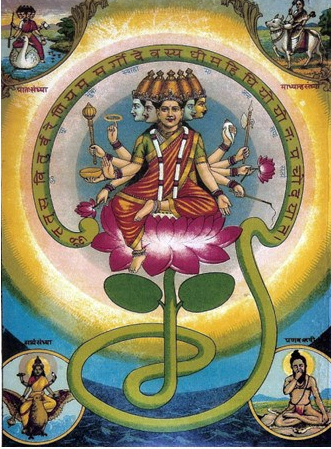

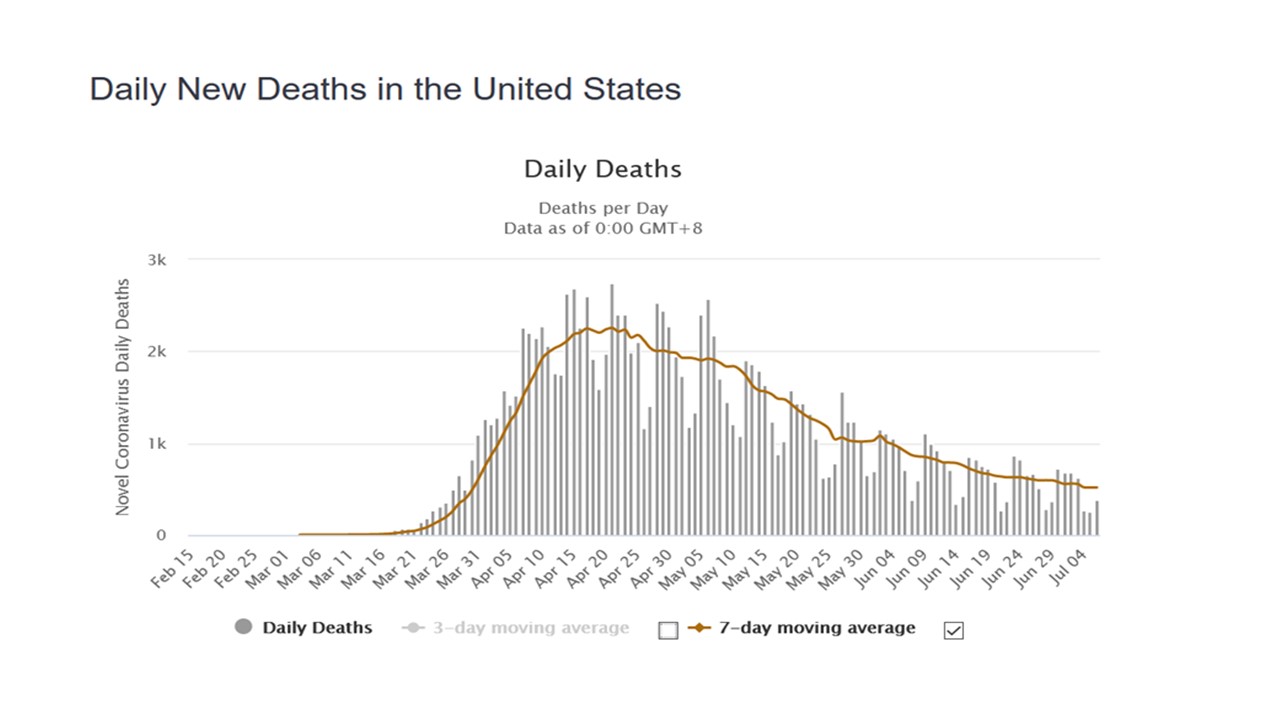

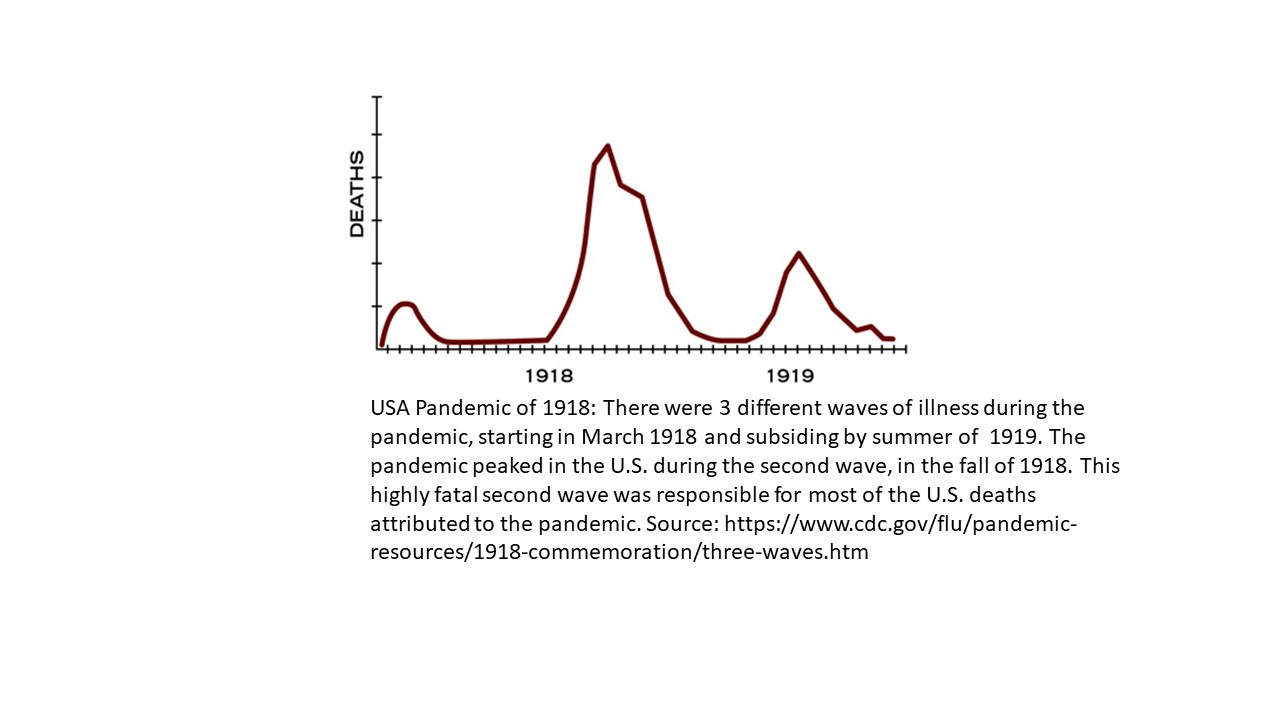
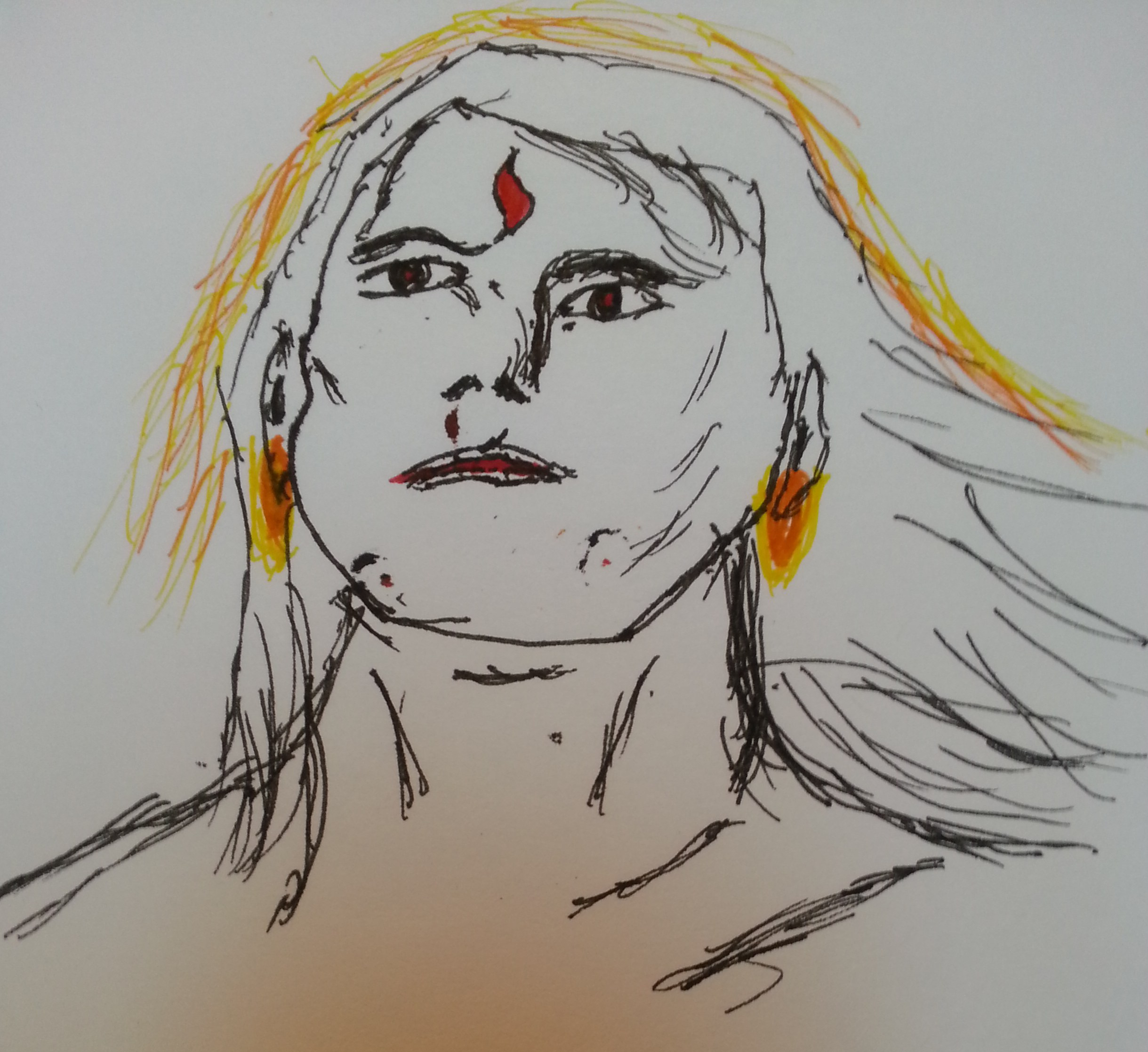
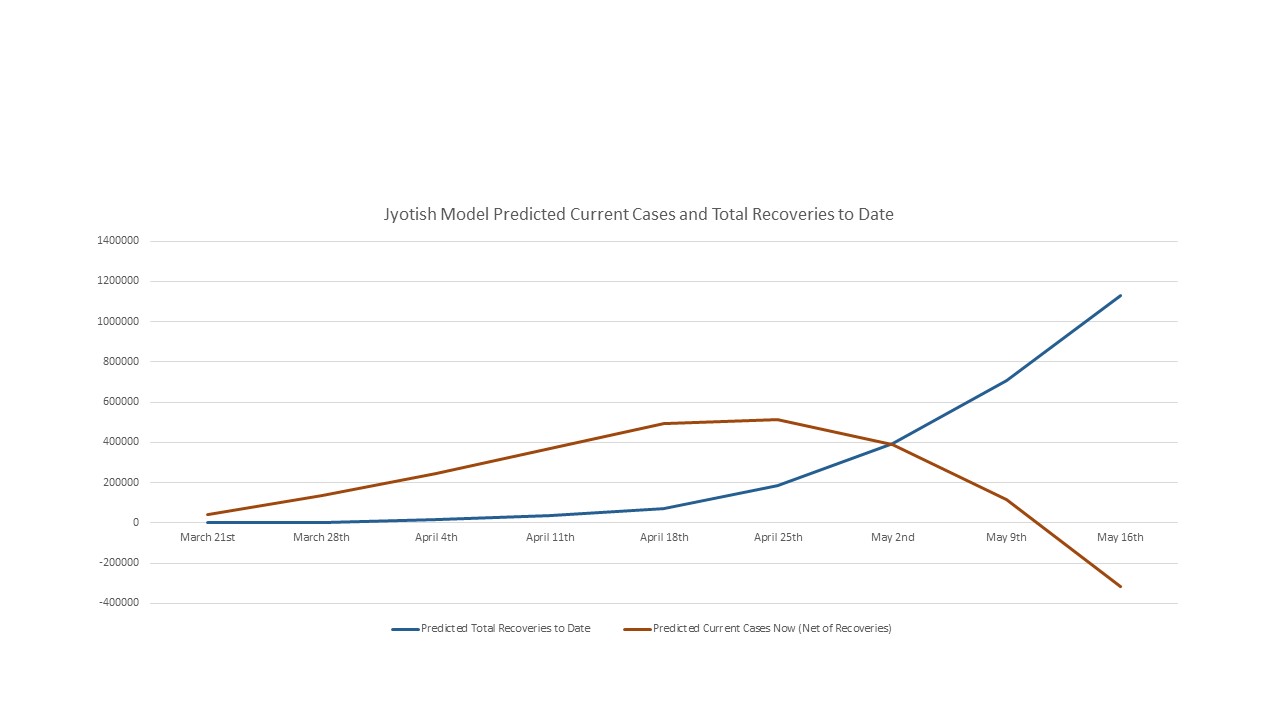
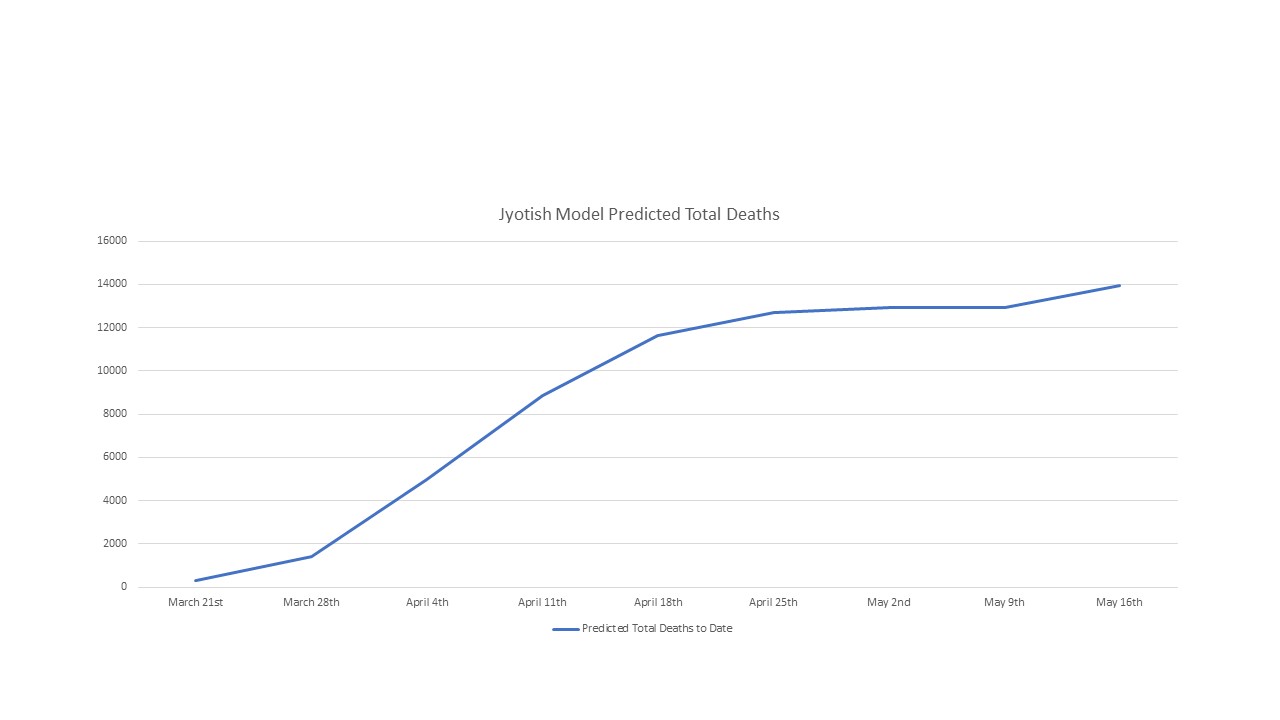
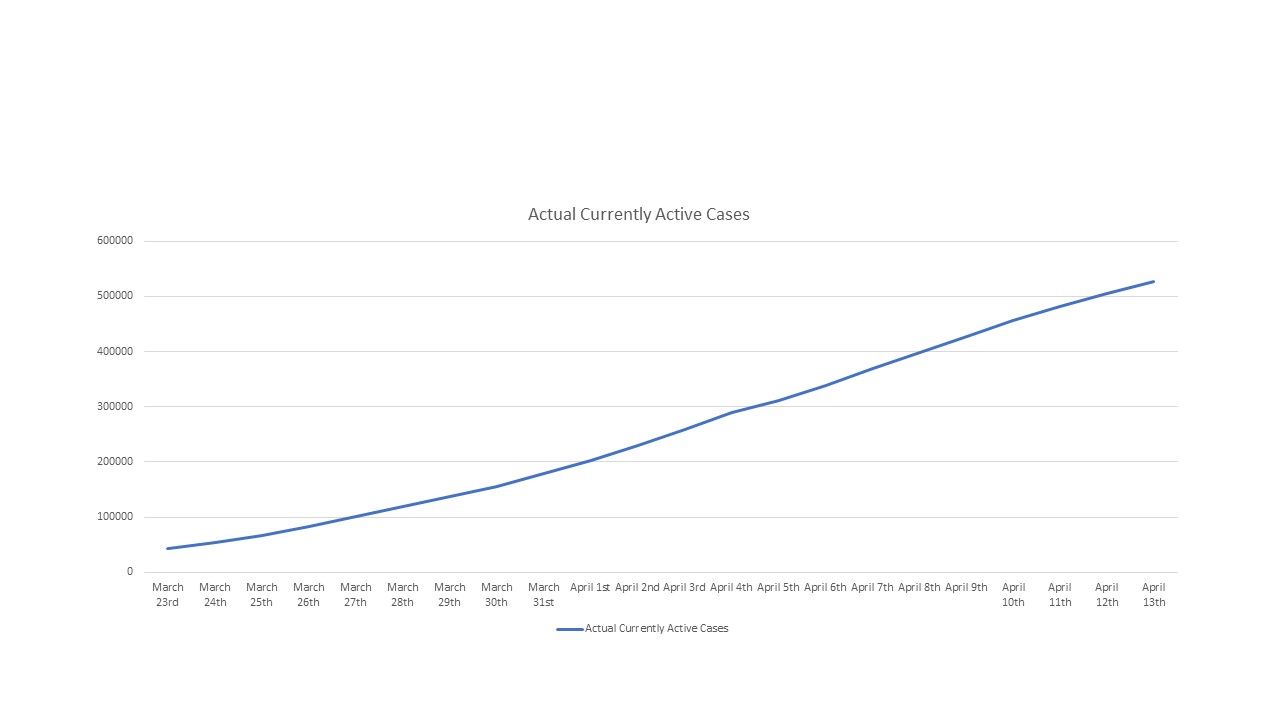

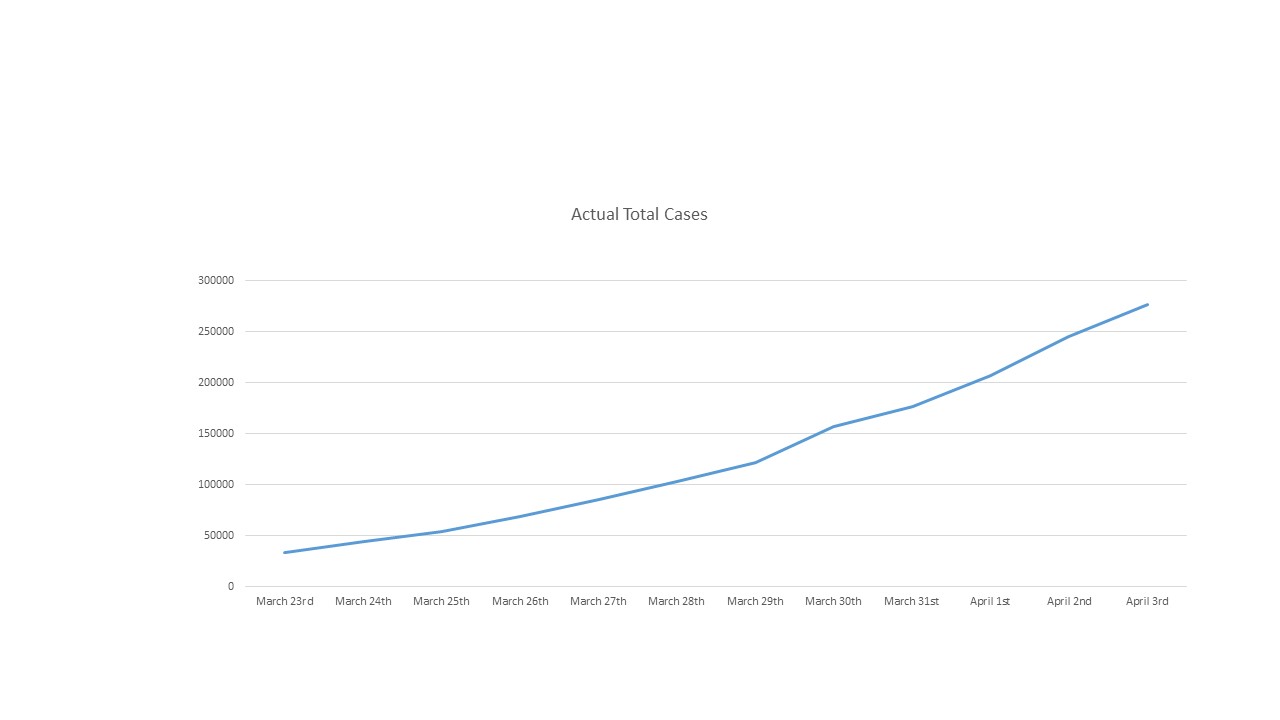

You must be logged in to post a comment.